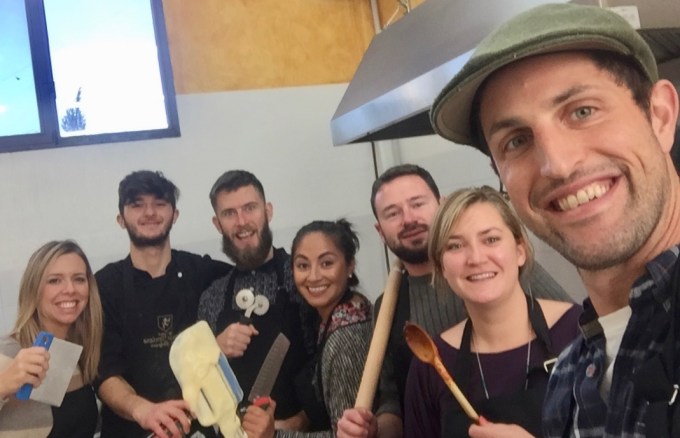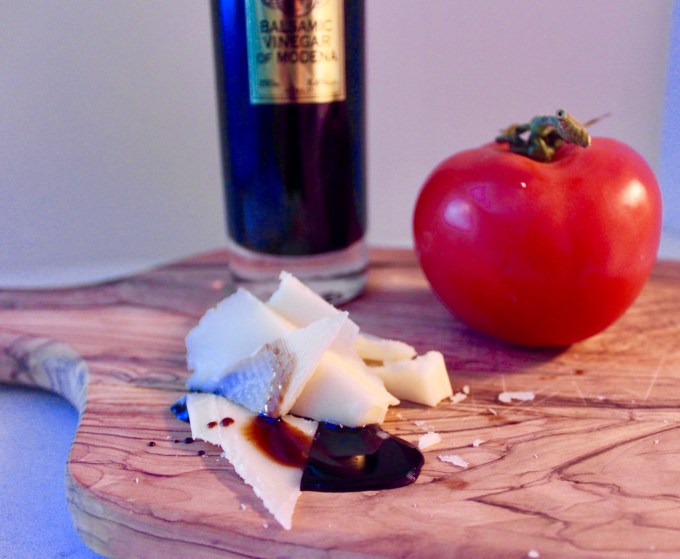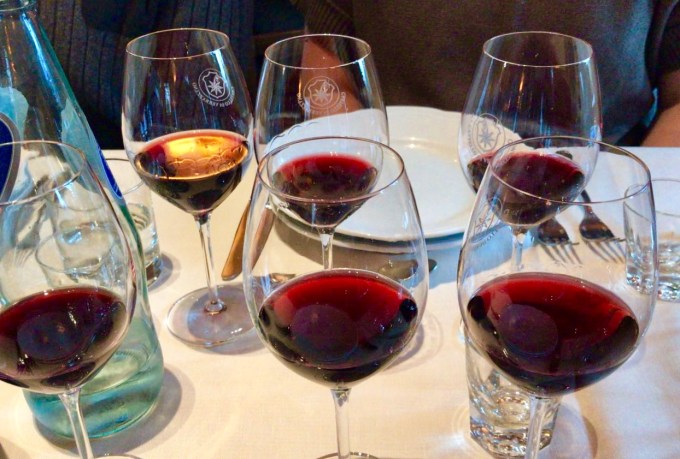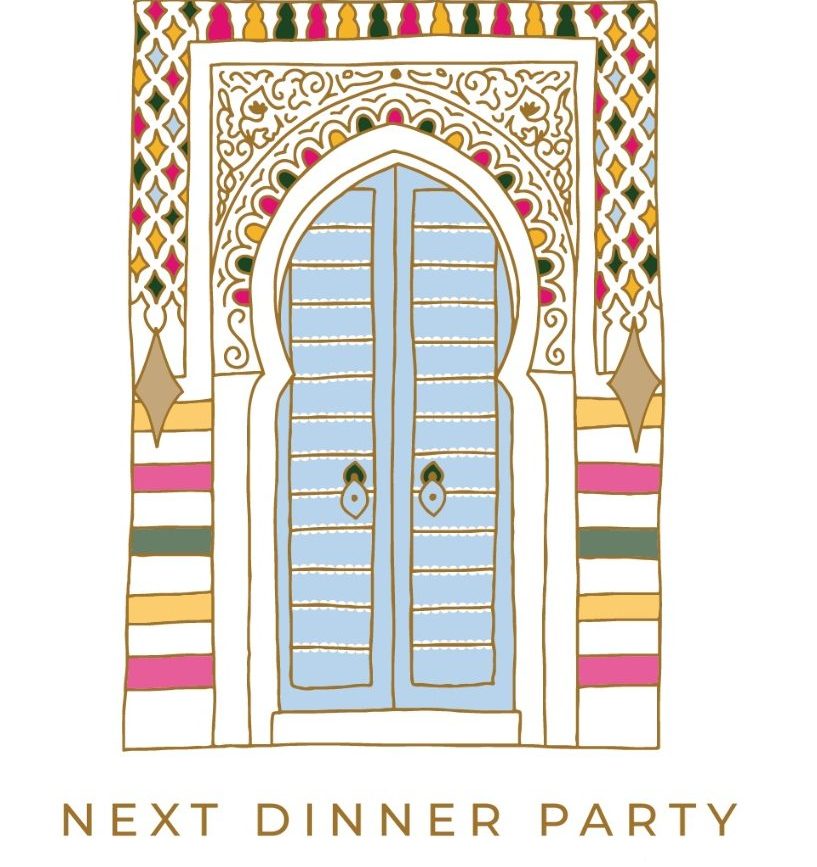Last year’s New Year’s trip to Rome was when I learned about cacio e pepe and that was a little bit life changing. This year’s New Year’s trip to Tuscany brought even more food revelations. (And perhaps cemented an awesome tradition of New Yearsing in Italia?)
My friends and I spent the most fun day of our Tuscany trip in a cooking class, making several types of bruschetta, and ravioli and tiramisu. We were led by adorable chef Tino at Tenuta Torciano Winery.

I have some experience making pasta (okay, maybe I practiced the previous week in my Jerusalem kitchen just so I’d really shine in the cooking class).

But still I learned some new things in the class, like you can put potato in ravioli and you don’t have to call it pierogi.

And I learned a really good and simple recipe for fresh pasta: 100 grams of super fine “00” flour, 100 grams of semolina flour, one egg, and a tablespoon of extra virgin olive oil, a little cold water.

But the real revelation came when Tino said “I”ll add some balsamic vinegar to the bruschetta” and we watched as a drizzle of dark molasses-looking balsamic painted thin glossy ribbons on the bread. “You mean balsamic reduction,” I corrected him, because I’m a cooking know-it-all. “No, this is not a reduction. It’s aged balsamic vinegar, 10 years,” Tino said. And it tasted incredible: bright, but deep and complex, a little prune-y and a tad smoky. You don’t have to have 10 years for it to be delicious. We tried some vinegar barrel aged for six years and it was almost just as good. But aged is key because the vinegar gets thicker and more concentrated as it matures in the barrel. And it must be made from grape “must” which is a mash of whole grapes, skins and seeds and all. Henceforth, I will only used the thin, watery, astringent that is unaged balsamic vinegar when absolutely necessary.

After the cooking class, our group sat down to a wine tasting and then we were served our delicious meal. Several glasses of wine in at this point, Mr. Em in Jerusalem do what we always do when drunk at a wine tasting and ordered a case. Eight bottles of wine and four bottle of aged balsamic, which was, if I recall, $50 a bottle. Definitely one of our finest Decadent Mother Fucker (DMF) moments.

I learned a bit about Spanish wines during our time in Spain (which is where I developd a love for Ribera del Dueros) and now Israeli wines, but I don’t know much about Italian wines, other than I generally love the big, rich tastes of the “three Bs” from the Piedmont region: Barolo, Barbera, and Barbaresco. Now add another big and (big price tagged) wine to the list: Brunello. Brunello wines are made with 100% Sangiovese grapes and come from the town of Montalcino, about an hour from where we stayed in Tuscany. (We would have visited, but it turns out almost all the wineries in Italy close from Christmas to January 7, which was when we were there). Even though we didn’t make it to Montalcino, we tried some Brunellos elsewhere in Tuscany and were all excellent. I was like “Wow, I’m on to something here! I’ve really discovered a gem” until the woman pouring our wine was like “Well, yeah, this is like the most expensive wine in Italy and everyone loves it.” Which is good, because I really needed another expensive food obsession. (See, truffles).
My mom went on a trip to Italy, including Tuscany, when I was 15. She came back raving about this bread and vegetable stew she’d had called ribollita, and she made it a few times afterwards. It was like nothing I had had before – thick, hearty, and aromatic. I hadn’t thought about it much since then, but enjoyed quite a few bowls of ribollita on our trip, which served as a delicious reminder of how good this soup is. It’s definitely going to be in my winter soup rotation. It is so chocked full of vegetables – including Tuscan or lacinto kale (the flat leaf kale) which, FYI, was referred to as “black cabbage” on a number of menus in Italy – as well as stale bread and white beans. Another soup trick: I can’t think of many soups that don’t benefit from a hearty glug of olive oil on top like how they do it in Italy. It makes everything better. I haven’t made it since we’ve been back, but I plan to soon. This recipe looks tasty and authentic, but I’ll report back after I make it.

So basically my ideal winter meal is this: Shards of Parmegiano-Reggiano (a revelation unto itself, but not a new discovery for me) drizzled with fruity aged balsamic, a steaming bowl of ribolitta, and a glass of Brunello. Si, gratzi.
Oh, and here’s a pic of everything we brought back in our suitcases.

To the fine foods of Tuscany,
Em in Jerusalem

For non-vegetarians… the Tuscan wild boar pasta dishes were a food revelation for me!
(paired with a 2012 Brunello, of course)
LikeLike
I’m sure, Deanna! Everyone else in the group really liked the wild boar dishes.
LikeLike